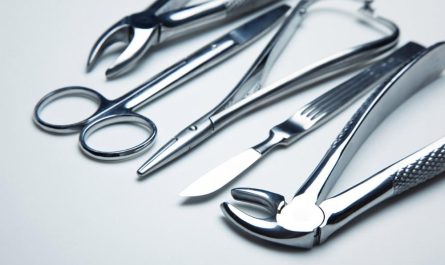Plastic Bandage, also commonly referred to as adhesive bandages or Band-Aids, are versatile medical adhesive tape products used to protect minor cuts, burns, scrapes and other small wounds on the skin. They provide a protective physical barrier over wounds to prevent infection and help the healing process. Adhesive bandages are available in various sizes and styles to suit different wound sizes and locations on the body.
Types of Adhesive bandages
Stripe bandages – The classic adhesive bandage style features a strip of flexible fabric coated with an easy-to-remove adhesive. These come in various widths from 1/4 inch to 1 inch.
Knuckle/joint bandages – Designed specifically for use over knuckles and joints, these bandages have specialized shapes and designs to adhere securely over movable areas.
Fabric bandages – Similar to stripe Plastic Bandages but made of breathable, soothing material like cotton instead of plastic. More comfortable for large or sensitive areas.
Waterproof bandages – Coated with waterproof adhesives and breathable barrier films for protection over wounds in wet or humid conditions. Ideal for showering and swimming.
Medicated bandages – Contain additional soothing ingredients like analgesic gels for pain relief or antiseptic properties. Help promote healing for infected or bothersome wounds.
Features and Benefits of Plastic Bandage
Convenient size and application – Adhesive bandages come pre-cut in small, portable sizes that are easy to apply with one hand. No scissors or special skills needed.
Breathability – While protecting the wound, adhesive bandage materials are engineered to be vapor permeable, allowing skin to breathe naturally and keep wounds dry.
Adhesive technology – Medical-grade adhesives stick smoothly and securely but are also gentle on removal to avoid pulling out scabs or fresh skin.
Sterile protection – Adhesive bandages provide a protective barrier sealed over wounds to keep out dirt, bacteria and additional contamination that could delay healing or cause infection.
Affordability – Adhesive bandages offer a cost-effective solution, especially for families with children or individuals prone to minor cuts and scrapes. Their low cost makes them suitable for storing and using at home.
Variety of sizes – Different sized bandages suit wounds on any part of the body from fingers to elbows to knees ensuring the right comfortable product for each site.
Proper Use and Care of Adhesive bandages
Before applying – Clean the wound area with soap and water and dry thoroughly. For cuts, wipe away excess blood. Trim off any loose hanging skin.
Application – Remove backing paper and apply carefully, pressing firmly around all edges and center to adhere smoothly. Finger bandages may require gentle shaping over knuckles.
Change schedule – Check bandages daily and replace if soiled, loosened or if wound appears infected. Discard used bandages in regular trash.
Storage – Keep bandages in a clean, dry location like the medicine cabinet or kitchen drawer. Check expiration dates and replace stock as needed.
Alternative uses – In addition to cuts, bandages can protect blisters, splinters and minor burns. Their adhesive backing is also useful for securing ice packs or heating patches.
When to seek medical advice – Any wound that does not seem to heal properly after several days, becomes swollen, very red or begins draining pus requires evaluation by a healthcare provider.
In conveniently sized Plastic Bandage are an affordable essential item to have on hand for minor wound protection and care at home. Their versatile adhesive dressings provide a sterile barrier over cuts while promoting natural skin breathing and healing. With proper application and care, adhesive bandages effectively protect against infection for many common household injuries.




